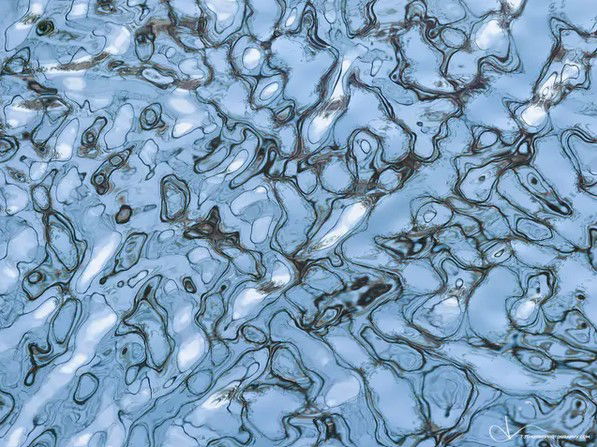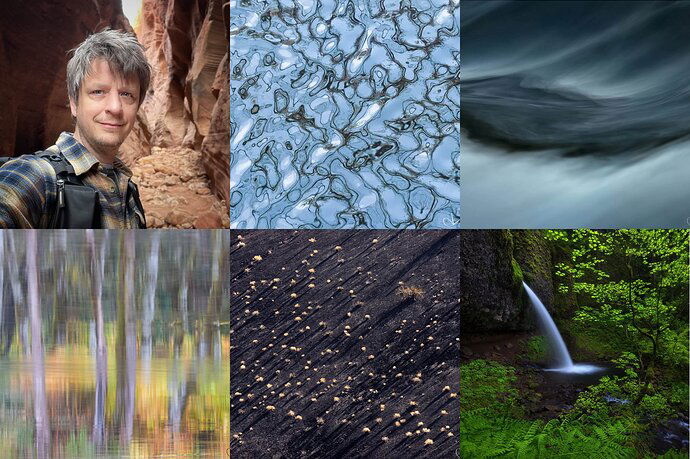If you’re not an NPN member yet, you can join our free tier to ask questions in the AMA or to get the full benefits of what we offer; you can join here.
Greetings! My name is TJ Thorne and I am a nature photographer based in Portland, Oregon.
My photography journey started back in 1997 when I started to photograph the food that I made in my job as a cook, bands at punk rock shows, and my friends skateboarding and snowboarding. I quickly fell in love with the medium and it has been a part of my life ever since, finally making the jump to making a living from it in 2015.
I grew up outside of Pittsburgh, Pennsylvania and drove off toward the sunset in 2001, ending up in Portland– a city I had never been to and a place where I knew no one. I just knew that this is where I needed to be and once I arrived I quickly took to the hiking trails and beaches with my camera. The accessibility of the natural world in the Pacific Northwest USA was the major draw to me moving here and it played a crucial role in shaping me into the photographer and person I am today.
I am not shy in talking about my past alcohol addiction, especially since both nature and photography were critical allies in my battles with the disease, aiding me in my search for serenity and gratitude for life. This is something that I still carry with me today and serves as the motivation for my work and the filter through which it is created. This September I celebrated 13 years since my last drink.
My work typically focuses on intimates and abstracts, though not by choice. That’s just the way that I see. I value finding moments of beauty and enrichment no matter the environment and I spend a lot of time (over)thinking my process and motivations in an attempt to understand my creative-self more fully. In that, I am always experimenting and exploring with my camera, often pushing it to the limits and far off corners of settings that we rarely use. This experimentation has allowed me to open doors that I never knew existed and has made me a more well-rounded photographer who is able to engage with any kind of light in any kind of setting, producing work that originates within.
I also have a very heavy focus on photographing water and earlier this year my first monograph of the subject, titled Ebb and Flow, was published. Photographing water has become a huge part of my creative identity and brings me everything that I am looking for out of my relationship with nature.
I’m open to talk about anything, though I’m not a gear nerd. I prefer to talk about the creative journey from the emotional side and I mentor numerous photographers currently on their journey who are looking to get in touch with their inner artist.
The only thing I won’t talk about is how last year the Pittsburgh Penguins missed the NHL playoffs for the first time in 16 seasons.
I’m really looking forward to answering your thoughtful questions. Thank you for being here and spending your valuable time with me.
Website: https://tjthornephotography.com/
AMA Rules:
- Please only ask one question by replying to this topic a single time, using the “Ask a question” button at the bottom. It’s also helpful to scroll to the bottom while reading the topic to make sure nobody else has asked the same question first before you ask.
- Please don’t ask more than one question so everyone gets a chance.
- Please do not reply to anyone else’s post. The only purpose of replies on this topic is to ask the author one question. Please create a new topic if you’d like to discuss a related topic in more detail.
Posts not following these rules may be removed by moderators to keep the Q&A flowing smoothly. Thank you!





